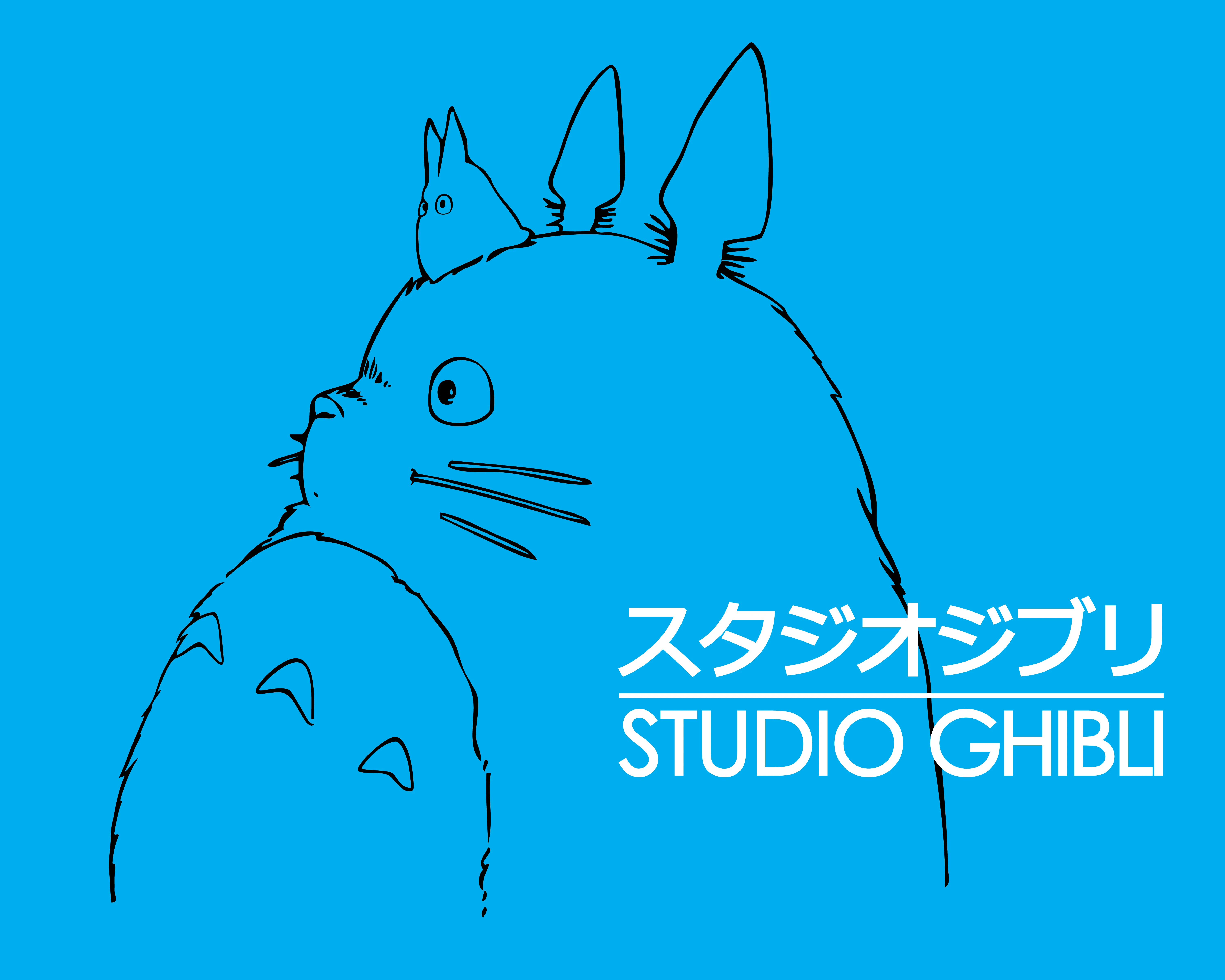Is it legally and ethically "okay" to generate AI Art based on Studio Ghibli?

In the new era of artificial intelligence (AI) and creativity, a new argument has started strong debates among artists, copyright experts, and technology professionals. The spread of AI-generated images imitating the iconic visual style of Studio Ghibli, the popular Japanese animation studio, has raised serious questions of copyright infringement, moral rights, and the ethical limits of art produced by machines to the forefront.
Studio Ghibli was founded by the celebrated director and artist Hayao Miyazaki. It is renowned for its lovely hand-drawn animation, elaborate backgrounds, and distinctive whimsical style. Ghibli's movies, such as Spirited Away, My Neighbor Totoro, and Princess Mononoke, have had a profound impact on world cinema. They are not only box office hits but are also cherished as cultural and artistic treasures. (My favorite Studio Ghibli movie is Whisper of the Hearts.)
New generative AI models such as Midjourney, Stable Diffusion, and OpenAI's DALL·E enable anyone to utilize AI systems to generate images that resemble a lot like Studio Ghibli's classic style, which people like to refer to as "Ghibli-esque."
Is It Legally Infringing?
AI-created images don't copy specific scenes or characters; they copy the "style" — a vague concept in copyright law. Most copyright law protects individual works, not broad styles or artistic methods. That is, as long as AI-created works don't copy specific scenes, characters, or stories from Studio Ghibli's movies, they might not be a clear copyright infringement.
However, increasingly there are various arguments relating to the same, and they are:
- To expand the definition of derivative works and moral rights to address this issue more effectively
- Using millions of copyrighted photographs without permission, including Studio Ghibli photographs, to train AI constitutes indirect exploitation. While copyright law has traditionally focused on output, the offending training data of AI algorithms—usually web-scraped without authorization—may itself be a copyright infringement or at least a fair use violation, especially if commercial in purpose.
In Japan, where Studio Ghibli is based, the law also honors authors' rights and such rights involve having the power to maintain their work in its original form and against any insulting changes. Hayao Miyazaki has criticized AI art publicly, famously labeling AI-created animation "an insult to life itself." While some interpret his statement as a moral and artistic issue, it is also a reflection of a more profound concern: that making art into machines, particularly in his style, disavows the human struggle, emotion, and intent in each Studio Ghibli frame.
The Problem of Efforts
The ethical case is likely to be more substantial than the legal issues. AI-generated Ghibli-style paintings take a very human and personal art form and turn it into a commodity. Miyazaki and Studio Ghibli have always highlighted the value of hand-drawn animation. Every brush stroke in a Ghibli film is part of a well-thought-out visual style that comes from years of skill, feeling, and cultural heritage which in turn brings out the sentience of humans.
AI recreations make this work seem less meaningful because they are immediate and divorced from actual effort. Worse, these AI-generated images are being sold as prints, NFTs, or used in ads in Social Media by various brands without credit, compensation, or permission to Studio Ghibli. Not only does this harm professional artists, but it also allows AI to benefit from the human imagination it lacks.
Miyazaki's complaint is not merely his own opinion; it is an opinion shared by many artists, including but not limited to the animation world. AI art generators lack context, stories, and feelings, and they create what many see as empty copies of rich and deep works and the worse part is, these works are derived from many other original works that was used to train the AI (with or without the permission of the author).
Conclusion
As more AI-created art shows up online, the law is lagging behind. A few places, including the European Union and some regions in Asia, are starting to look at stronger laws on AI transparency and copyright safeguards for artists whose work has been used to train generative models. However there are no clear rules recognizing "style" or "inspired from" in the context of AI, as something that can be protected. Artists like Miyazaki find their work used by AI again and again with no way to stop it.
Today, there is a big question: Even if AI-generated Ghibli-style images don't break current laws, are they ethical or fair to use? For now, artists, lawyers, and viewers all have to deal with the harsh truth that AI can copy art — but AI can't copy imagination.

CONTACT US
2024 IP Popcorn, Inc. All rights reserved.